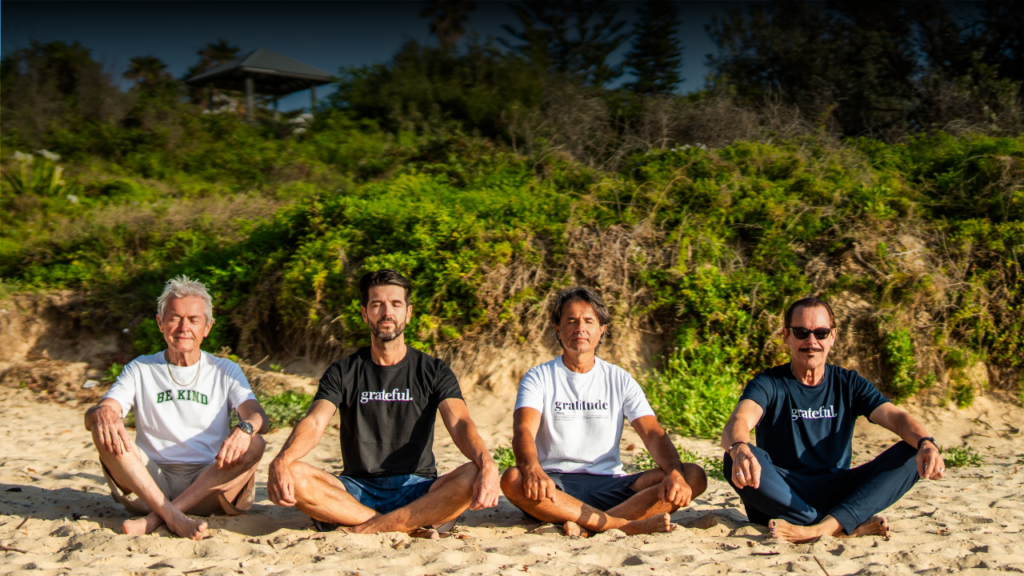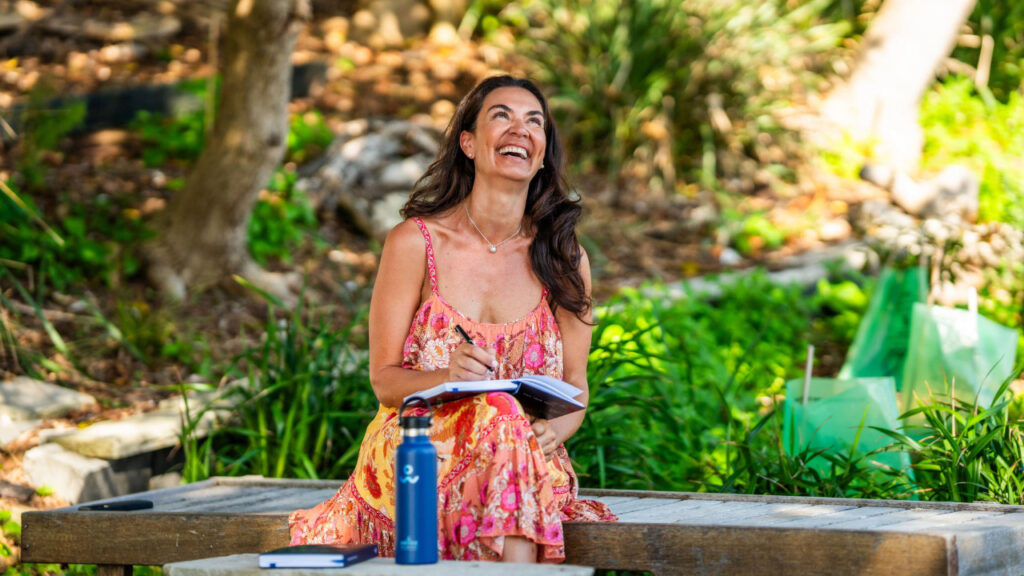
Fear or Fortitude: 5 Steps to Build Resilience
2001 was a year when I did not want to fail. Competing for my fourth consecutive world title, my sights were firmly set on writing myself into the history books. Little did I know that this would be the year where I would learn the true power of building resilience.
Teahupo’o is a death-defying wave that barrels over a razor-sharp fire coral reef in Tahiti. This particular location on the professional surfing tour challenged me more than any other. I had a pretty ordinary track record over the few years I had competed there, never progressing further than the quarter-finals.
Every session left me with mental, emotional and, quite often, physical scars. I’d landed on the reef several times, been ‘starfished’ or pinned up against the razor-sharp coral, cut and grazed, leaving me with ‘Teahupo’o tattoos’ all over my body.
I love a challenge, but this was one wave I did not enjoy riding, simply because I was scared. Fear has two meanings: face everything and rise or forget everything and run. I was choosing the latter.
Therefore, the language I paddled out with every year supported my fear-based belief and guaranteed an ordinary performance. In order to succeed, I needed to face my fears, embrace the opportunity and focus on building resilience.
What is resilience?
Resilience means having the ability to bounce back from setbacks and obstacles without being defined by them. It’s typically defined as the process of adapting well in the face of adversity, trauma, tragedy, threats or significant sources of stress. But as much as resilience involves bouncing back from challenging situations, it can also result in profound personal growth.
How to build resilience
1. Change the language
When confronted with stressful situations, what’s your natural response? Do you lose your temper? Do you run and hide from these situations? Do you ignore your emotions?
For me, I had a real victim mentality. I would say things like, “Teahupo’o is scary, and I don’t enjoy surfing here. I’m not a strong enough backhand barrel-rider. Why do we have to surf here? My result doesn’t really matter – I’ll make it up at another competition!”
This type of negative and fear-driven self-talk kept me stuck. It prevented me from taking ownership of my choices and from being able to generate better results. It created a self-fulfilling prophecy to perform poorly because I was always reacting to my emotions versus responding to my fear. Ultimately, I wasn’t there to lose; I was there to win, so I had to change the language. Being curious about my fear led to asking questions such as, “What am I afraid of and why?”. Knowledge dispels fear.
Part of my resilience growth involved becoming more self-aware, tuning into my feelings and listening to my internal conflicts and attitudes. My self-awareness was strengthened by seeking the answers from within.
2. Stop focusing on your weaknesses
My victim mentality kept me focused on why I wasn’t ever going to do well at this competition, and there were plenty of proof points to support this belief. But being a world champion, I desperately wanted to do well, so I had to shift my mindset from victim to victor to focus on my strengths instead of my weaknesses. Victims ask, “Why is this happening to me?”. Victors ask, “Why is this happening for me?”.
If I’m stuck in the victim mentality of, “Why is this happening to me?” then I’m constantly focusing on my inadequacies or my inefficiencies to perform. I now know how this affects my confidence levels and my overall performance. I started focusing on my strengths instead.
How you think plays a significant role in how you feel, not to mention how resilient you are when faced with obstacles.
3. Learn from the past
You have a history book called your past – don’t read through it to feel sorry for yourself; read through it to learn from it. As the saying goes, “Those who fail to learn from history are destined to repeat it.”
Instead of looking back at my past performance at Teahupo’o and labelling my results as failures, I started reflecting on what I’d experienced and what I could do differently. I had to remind myself where I’d been able to find strength and ask myself what I’d learned from those experiences.
4. Seek wisdom
Because my past track record wasn’t great, I decided to seek counsel from people who had success competing in these conditions. If you can’t seek positive evidence in your own life, it’s valuable to seek it from others.
I asked some of the guys who are successful and skilful out at Teahupo’o for their advice, and they suggested that I sit and paddle three feet deeper than where I felt comfortable.
If I kept doing what I was comfortable doing, I was guaranteed to keep producing the same results that I was uncomfortable producing. I had to change something, and that change started with me.
It’s so important to remember that you’re not alone on the journey, and there may be people who have a roadmap of what you’ve gone through or what you’re about to endure.
5. Break free from your fears
How you think plays a significant role in how you feel, not to mention how resilient you are when faced with obstacles.
By changing the language, focusing on my strengths and asking for help, I was able to break free from my fears and get out of my own way. So if you want to build resilience, you can apply this to your own life.
How you can get started today
If you find yourself on the precipice of a growth opportunity, step in and embrace the experience. Growth is the only sign of life!
By following these steps, I was able to sit deeper, back myself with supportive language and win an event that had eluded me for years. The points I earned from winning this event at Teahupo’o also secured me my fourth consecutive world title. How will building resilience change your life?
Does any of this resonate with you? Do you want to be empowered with practical tools to build your own resilience? Learn more about our Resilience Mindset Masterclass here.
Love Layne xx





Responses